
NPS Photo / Nancy Eid The park preserves a variety of ecosystems from coastal dunes, estuarine mudflats and tidal marshes to shrub wetlands, temperate rainforests and swamps. Situated within the Sitka spruce vegetation zone, its forests are dominated by conifer trees and carpeted with a great diversity of understory shrubs, ferns and wildflowers. Giant Sitka spruce more than 100 years old and up to 36 feet in circumference can be found here. Extensive wetlands in the park include fringing salt marshes on the lower Columbia River, the tidally-influenced lower Lewis and Clark River and many low-gradient brackish sloughs and marshes. Freshwater streams and springs are numerous in park forests, and freshwater ponds are found in various habitats. These wetlands provide valuable habitat for a diversity of mammals, birds, reptiles, amphibians and fish.
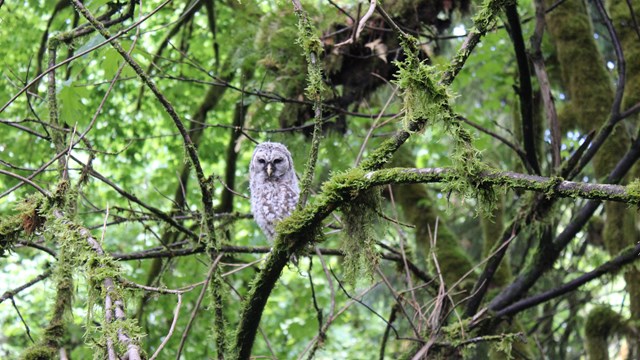
Animals
The park's strategic geographic location and varied habitats are largely responsible for its high fauna diversity of more than 140 species 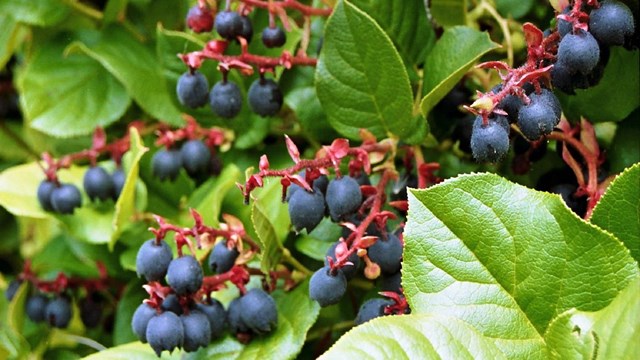
Plants
More than 250 species of vascular plants and 74 of mosses and liverworts have been documented at Lewis and Clark NHP 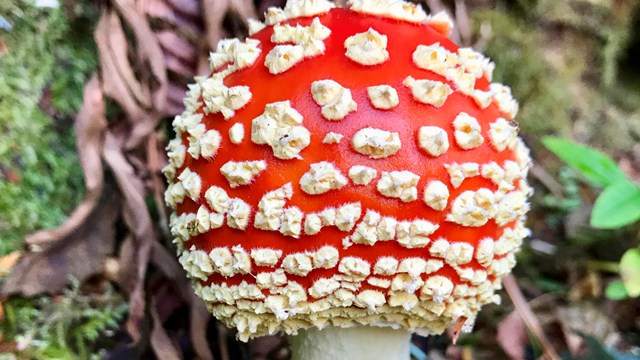
Fungi
There is a high diversity of fungi in the park thanks to the wet and moderate climate and variety of habitats in the area. 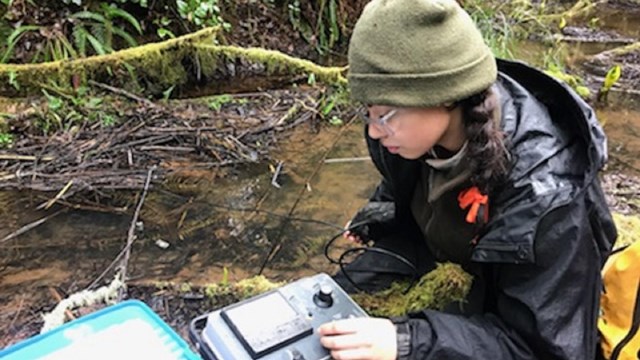
Long Term Monitoring
Natural resources park rangers participate in long term monitoring of water, weather, plants and wildlife at the park. 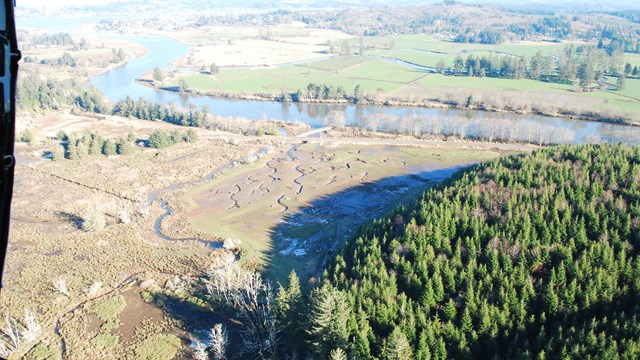
Natural Features & Ecosystems
The park's habitat diversity ranges from coastal rainforest to riparian and estuarine marsh, shrub, and swamp wetlands. 
Restoration Efforts
Lewis and Clark NHP has ongoing restoration projects for tidal wetlands, estuaries, dune prairie and forests. |
Last updated: September 8, 2023

